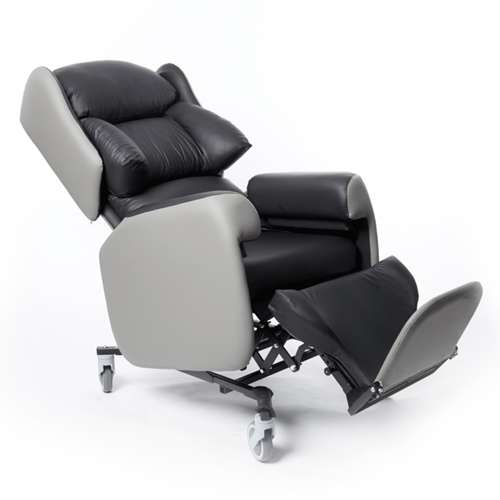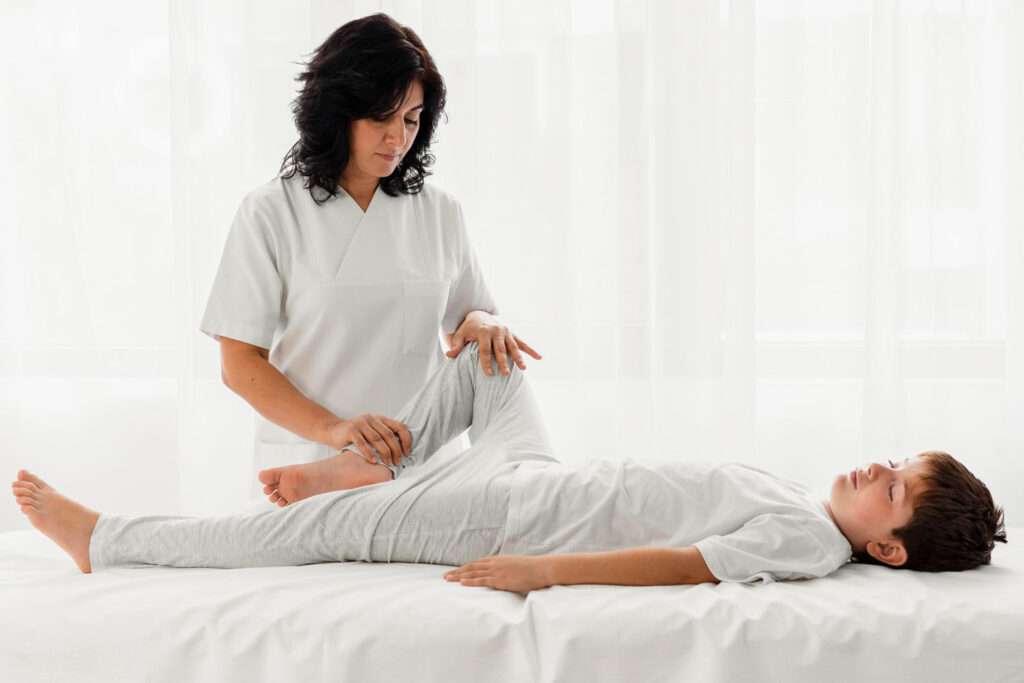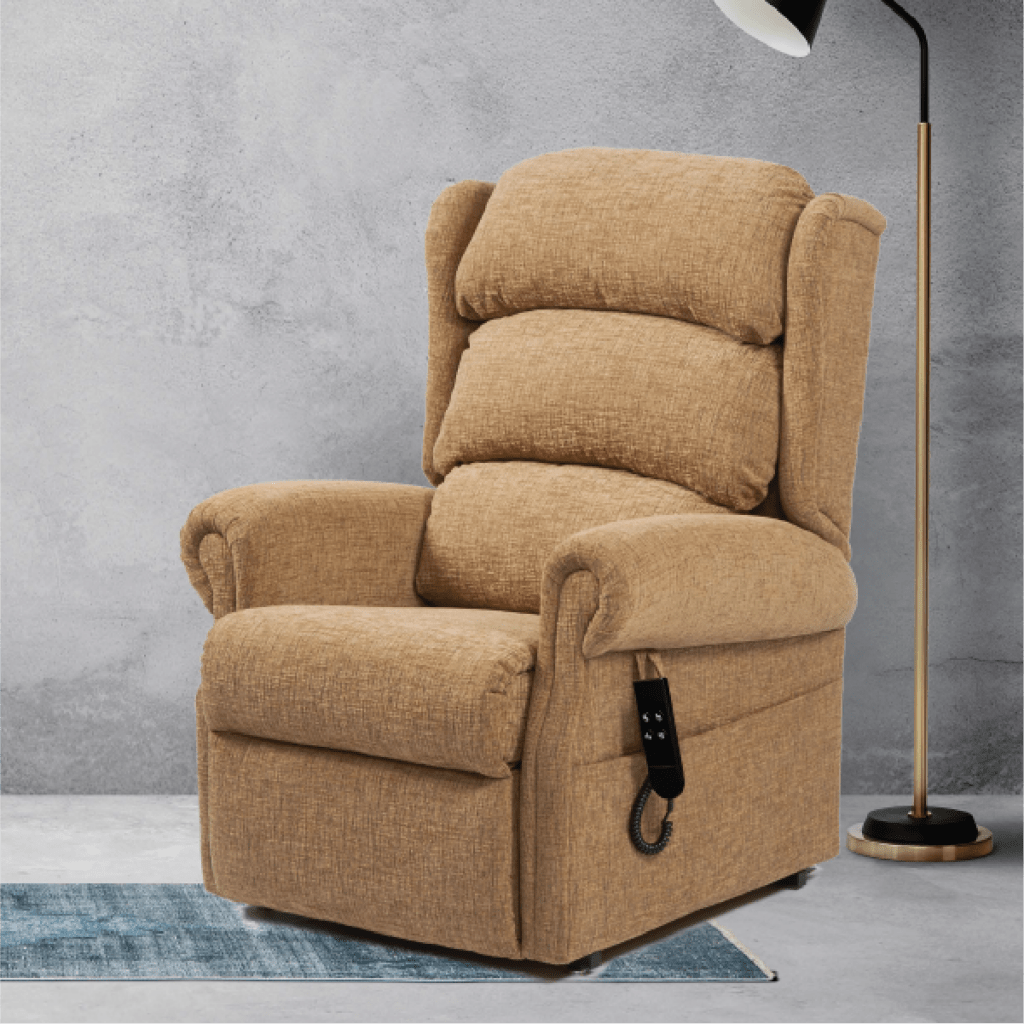Occupational Therapists and Physiotherapists will be aware of the complex nature of rehabilitation; each client needs their own personalised plan to ensure that they are getting the best out of their therapy. At the end of the day, we all want the client to regain as much of their prior physical strength and mobility as possible — a goal that can be reached much more effectively using the StairTrainer rehabilitation aid.
Jump straight to…
Taking the right steps to improve rehabilitation
Getting a well-written rehabilitation plan for each and every client might be difficult, time-consuming work. Then gathering the necessary equipment for everyone you are treating might be just as lengthy. Compounded with the possible time and material constraints of carrying this out in a NHS setting, rehabilitation can become a difficult treatment option for OTs and physios to carry out effectively with every patient.
That’s precisely why we are proud to now stock the StairTrainer rehabilitation aid — an adjustable set of stairs that can be altered to meet every client’s needs. But just how much would it help?
The benefits of person-centred rehabilitation
Anyone working within the healthcare sector (and indeed, many people outside of it) will know just how important and effective rehabilitation is. The World Health Organisation says that rehabilitation should:
- Help stop the loss of function
- Slow down any loss of function
- Restore or improve function
- Compensate for lost function
- Maintain current function
Approaching these five objectives holistically should also include considerations for the client’s physical and mental health. Any rehabilitation should help give the person the strength or mechanisms they might need to continue living their life as fully as possible. What’s more, effective rehabilitation actually helps save the NHS money in the long run by providing good, efficient guidance for individuals to live independently with less further complications caused by their initial injury.
As injuries and conditions vary greatly, so does rehabilitation. It covers a wide area of client needs and requires levels of flexibility from both the practitioner and the patient. Rehabilitation can be used for clients who are recovering from unexpected illnesses, long-term conditions, and major trauma.
The key to any good rehabilitation plan is having a person-centred approach. Discussing the plan with the individual and giving them the opportunity to contribute where necessary acts as another form of rehabilitation in itself. Asking the person what they want to achieve, and defining “what good looks like” to them helps to establish goals and expectations from the beginning.
Understandably, any good rehabilitation plan should be tailormade to suit the individual’s needs — we believe the equipment should be customisable to achieve the same goals.
The issue with current rehabilitation practices
One of the key issues we see as a healthcare equipment provider comes from the lack of adjustable equipment available in rehabilitative practices — namely staircases.
Any OT or physio can attest to the centrality of stairs in rehabilitation for leg injuries or operations. Knee replacements, torn ACLs, and hip replacements all require some stair work to help rebuild muscle and mobility in the client’s affected area. We don’t doubt the importance of steps in rehabilitation, but we do doubt the rigidity of them.
The flexible nature of rehabilitation should also be reflected in the equipment, like the StairTrainer.
Benefits of using the StairTrainer
The StairTrainer is an adjustable set of stairs that allows you to change the stair height to suit any client’s needs. The stairs can be as shallow as 2.5cm or as deep as 19cm to encourage muscle growth and mobility at every stage of the rehabilitation plan.
This gives you the chance to amend the difficulty of the task from one physiotherapy session to another, or even within the same sessions. Helping the client progress in increments rather than teetering up and down a fixed hospital staircase provides peace of mind for both the physio and the individual. It also means you can start physiotherapy earlier thanks to the options of shallow step depth.
You can even adjust the height of the handrail to suit the patient’s height. This means that the StairTrainer can even be used with children for physiotherapy. The built-in digital display can also act as a motivational tool by displaying progress and important information.
Even better, the StairTrainer is pretty compact allowing you to move it from room to room if needed. It can be used in multiple environments or rehabilitation suites and can fit through doorways as narrow as 90cm.
Conclusion
Rehabilitation equipment should be as flexible as rehabilitation practices are, which is why we believe the StairTrainer is a staple for any rehabilitation facility. Given the vast and ever-growing nature of rehabilitation, equipment should be developed to meet these demands and deliver the optimum patient care and experience wherever possible.
Here at Vivid Care, we’re proud to champion innovative equipment and solutions in the healthcare industry — the StairTrainer is just that. An innovative solution for any rehabilitation environment.
Interested in a demonstration, or do you want more information on the StairTrainer? Get in touch with our team.




